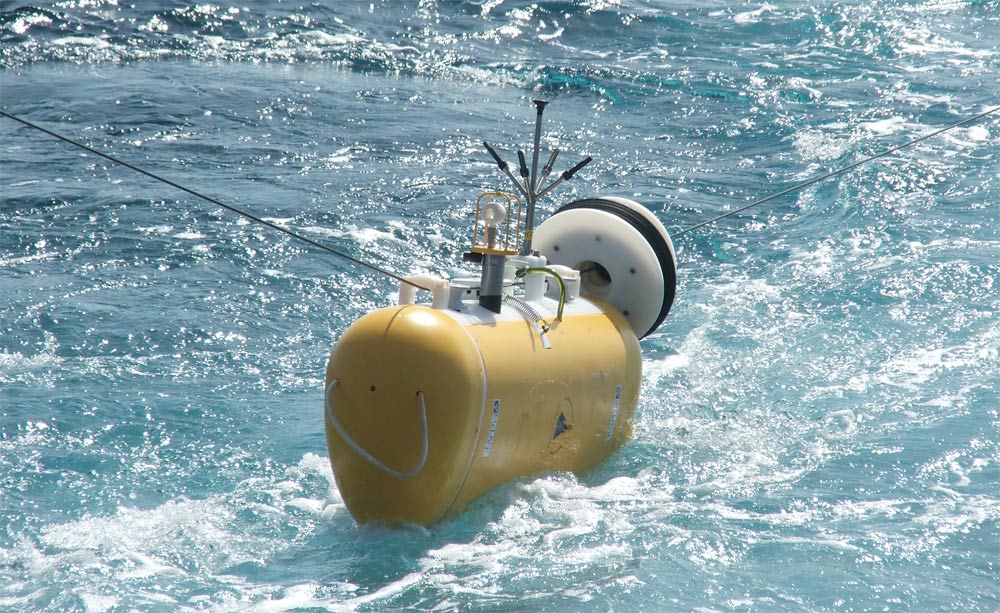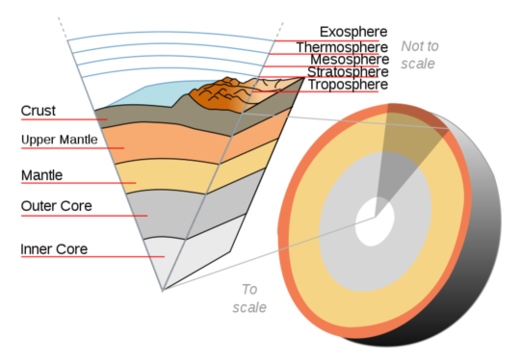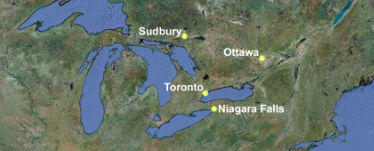
Strange jets of water rising from deep in the ocean repeatedly trigger anomalies in wind, rainfall and sea surface temperature across the tropical Atlantic, scientists find.
Decades of research have revealed that the oceans impact climate in a multitude of ways, most notably with the ocean-atmosphere phenomena known as El Niño and La Niña events, where patterns of warmth and cold in the Pacific regularly wreak havoc worldwide.
Scientists wanted to understand how the oceans influenced the tropical Atlantic around the equator. Previously, researchers had thought the Pacific and North Atlantic Oceans were the main sources for climate fluctuations there.
Now oceanographers have discovered regular climate fluctuations in the tropical Atlantic are apparently caused by hitherto unknown deep jets of water traveling from the abyss up about 9,800 feet (3,000 meters).
"To date, when trying to explain tropical climate variations, we have always looked upwards, specifically to the atmosphere," said researcher Peter Brandt, a physical oceanographer at the Leibniz Institute of Marine Sciences in Kiel, Germany. "Our new data, for the first time, direct our attention towards the depths of the ocean, thereby opening new perspectives."












